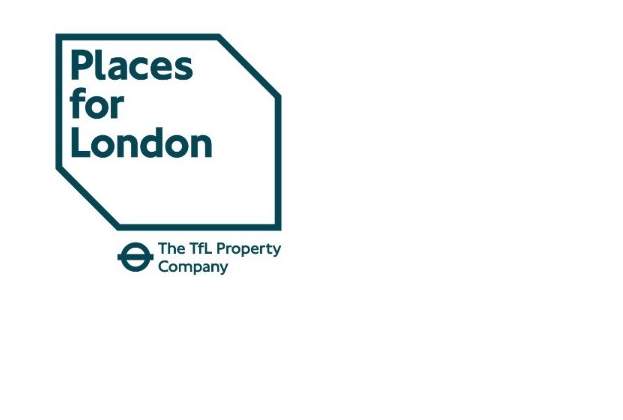It’s no surprise that the Chancellor chose to ignore all the calls for a business rates reform in this year’s Budget statement. It’s quite clear that some businesses can comfortably afford to pay the current level of rates they are liable for, as we have seen with many supermarkets and larger retailers repaying the relief which was given to them during the pandemic. However, there are many others, particularly on the high street, who are struggling to meet the monthly payments, even with relief applied.
While business rates may not be going anywhere, it’s clear that the current system is not working and there is not likely to be a single solution to the problem. As Rishi Sunak confirmed in his speech, it won’t be scrapped entirely as it is a substantial source of revenue for the Government.
We have called for a number of years for the multiplier to be reduced. It has crept up to 54p in the pound for some businesses, which is undoubtedly higher than it should be, but could the Government afford to reduce it across the board in the current climate? Clearly not, so the freeze of the multiplier next year, rather than the +3.1 per cent inflationary increase, is at least a start.
The proposed solution is going to make an already complicated tax even more bewildering for many, including local authorities who have to issue the rates bills. Reliefs and exemptions are being targeted at individual properties depending on size, location and the sector that they fall within. Occupiers of retail, leisure or hospitality properties will be given a 50 per cent discount next year, but subject to a cap across the whole business of just £110,000. No relief has been offered to other sectors or to landlords with vacant shops.
Targeted reliefs will make budgeting very difficult, and many will inadvertently overpay as they try to make sense of the regulations, but it is inevitable that this is the short-term bandage that will be required until we emerge as fully as we are going to from the shadow of Covid-19.
From 1 April 2023, all commercial properties will be revalued. The retailers on the high street who are paying too much in business rates will get the levelling up they so desperately need. The buoyant logistics sector will pay higher rates to reflect the inflated rents they have been paying in the clamour to meet demand for floorspace. The purpose of a revaluation is to level the playing field and with the desire of the Government to have three-yearly revaluations in the future, any pain caused by a revaluation will be relatively short lived compared with the recent six or seven-year gaps between each revaluation.
The medium-term objective must be to contain, or ideally reduce, the multiplier from the current high level. If that can be done, businesses will prosper and the total revenue from business rates will rise as more businesses become eligible for the tax.
Before we get to that point, the short-term outlook is confusing, with complicated reliefs and exemptions, a revaluation being prepared on 1 April 2021 rental levels and a very strong ‘wait and see’ message for the future.
Whichever way you look at it, we haven’t heard the end of business rates just yet.
Further information




.jpg)

.jpg)



.jpg)